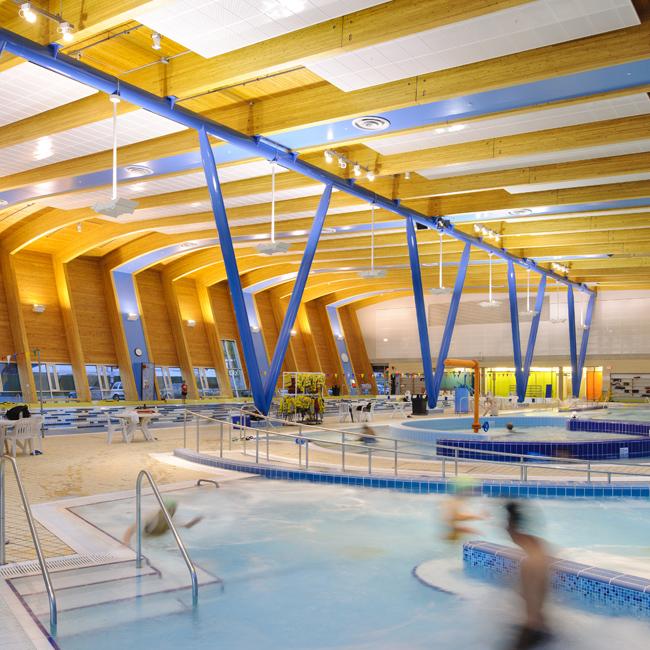sb Magazine
Order your copy
Getting your public pool facility right
Publishing date

